Since the announcement of the iPad Pro, there's been a great deal of debate about whether a jumbo-sized tablet running iOS can truly replace your laptop. If you're thinking about your next technology purchase and are on the fence between an iPad Pro and a MacBook, AppleInsider is here to help you break down the decision.
Apple CEO Tim Cook made waves by claiming the device could be a primary computing device for "many, many people," including himself on a recent business trip. But can it? Most of that depends on how you use your current computer.
Performance considerations: the iPad Pro compares favorably to most MacBook models, though not all
The iPad Pro features a level of performance that makes even thinking about the possibility of using it as one's primary computing device a viable option for the first time.
When it comes to tablets, the device stands alone: the A9X chip blew away previous iPad models and other tablet competitors like Microsoft's Surface Pro 4 in benchmark testing. In fact, the iPad Pro's CPU and graphics capabilities rivaled that of Intel's Core i5: the same chip used in the MacBook Air and some MacBook Pro models.
The other great thing is that this increase in performance doesn't come with a cost of decrease battery life. The iPad Pro offers 10-plus hours of battery life compared to the 12-inch MacBook's 9 hours.
One thing that might be a deal breaker for those considering using the iPad Pro as a laptop replacement is storage capacity. The iPad Pro maxes out at 128 gigabytes, which is probably enough for most people but still nowhere near even the baseline MacBook's 256GB of flash storage.
However, since so many applications are cloud-based, particularly file-sharing services like Dropbox, this has become much less of an issue in recent years for the average user who simply doesn't require a lot of local storage, either from an internal or external hard drive.
So as far as pure performance is concerned, most people who use their current laptop to browse the Internet, send email, put together spreadsheets or documents, and even graphic artists (more on that later) should find the iPad Pro much to their liking. The key then becomes a matter of what operating system you feel more comfortable with. Is it the touch-driven iOS or the more traditional keyboard-and-mouse set up of OSX?
The software. Or, 'Can you do "real work" on the iPad Pro?'
A lot of analysts and pundits in discussing this topic have framed the debate as a question of whether the processes of "traditional work" (meaning much of what's been done on laptops and PCs since GUIs first came into being in the 1980s) can translate to a tablet.
Tablets and touchscreen user interfaces do have inherent limitations. For example, many iPad keyboards and hybrid keyboard-cases from third parties like Logitech have received mixed reviews since the iPad's inception, because of issues like a lack of keyboard space as well as an inability to adjust the iPad's viewing angle.
This can make it difficult for those used to both a full-sized keyboard as well as the ability to adjust one's monitor on the fly to a desired level for greater efficiency.
There have been limitations on the software side as well. Up until iOS 9, iPads didn't allow for multitasking the way it has traditionally been done on either a Mac or PC, limiting efficiency in tasks like word processing and spreadsheets.
Still another issue has been the presence of tablet-specific applications that perform to the level of their Mac or PC counterparts. As a writer who up until recently worked almost exclusively in Wordpress, I typically avoided creating content through the Wordpress iOS app even on my keyboard-enabled third-generation iPad, due to the app's inherent limitations with respect to tagging and other features that are only available through the desktop-web enabled version of Wordpress.
The good news is that on both the hardware and software sides, things are changing rapidly. The iPad Pro's Smart Connector is equipped to support a variety of keyboards and hybrid keyboard cases. And while the current options only support one viewing angle while typing, there will most likely be options like the Logitech Ultrathin that supports multiple viewing angles.
Additionally, the increased screen real estate makes the device a far better option than previous incarnations, not just for passive activity like video consumption, but also for writing and other creative tasks that require multiple windows: researching and writing this article or developing financial models in either Numbers or Excel.
Meanwhile, despite questions over the device's replacement cycle, developers still see the iPad as fertile ground, which is great news for consumers. As of January of this year, the iPad featured 725,000 total native apps: a 31 percent increase in the number of iPad-specific apps available the previous year. With the introduction of the iPad Pro's expanded form factor, this number is sure to rise as developers come up with new and innovative use cases.
Designers and artists: the iPad Pro is your device
This leads us into what could be the core audience for the product: creatives, be it those who do regular photo and video editing either as a profession or a hobby.
On one hand, it's clear that for a professional managing a project's workflow from start to finish, using only a tablet may prove difficult. After all, as Adobe Director of Mobile Product Marketing said in a recent interview, you can use the tablet's canvas to do all of your sketching and prototyping but you most likely still have to hand your work off to someone who can then translate that into code. And right now there aren't any IDEs such as Apple's Xcode available for a tablet.
Will that change? With the introduction of the Pro, Apple hopes so. But whether or not serious creatives can get all of their professional work done exclusively on the iPad, doesn't negate the fact that for the majority of people using applications like iMovie or Photoshop, they don't need both an iPad and a MacBook.
Factoring accessories into the price
One other note that budget-conscious consumers will want to be aware of is the cost to accessorize the iPad Pro in order to get all you can out of the device, which we've laid out in the comparison chart below for each model. As most people won't be buying an iPad Pro just for the bigger screen, it makes sense to point out that adding accessories like Apple's Smart Keyboard as well as the Apple Pencil will increase the cost of the tablet by $269.00 US. Add that to the $799.00 purchase price of the entry-level iPad Pro and you now have a device that surpasses the entry-level prices of both the MacBook and MacBook Air and comes in just $30 behind the 13-inch MacBook Pro.
The Verdict: Who should buy which device?
We feel the iPad Pro has the most significant cross-over appeal to people in three groups:
- Amateur creatives or professional creatives that already have a desktop machine available for use. The iPad Pro features the most canvas real estate of any previous Apple tablet and the introduction of a stylus, Apple Pencil, allows creatives a level of control over their work that wasn't previously available.
- Students, especially those who have grown up with mobile devices and touch interaction as their primary mode of input. The baggage that those of us who grew up with a PC and mouse carry won't apply to those who can maneuver touchscreens.
- People who already do light computing. With performance enhancements and its ability to multi-task, the iPad Pro makes sense for a lot of people who use their PC only for browsing, media consumption and basic content creation in Microsoft Office or iWork.
On the flip-side, a MacBook still probably makes more sense for:
- People who generally feel more comfortable with OSX and traditional desktop operating systems. Perhaps you were late to the iOS party. Maybe you're still not comfortable with typing on a touchscreen or you've been put-off by the external keyboards available in previous iPad generations. Whatever the case may be, if adapting your current computing habits to iOS sounds like a painstaking endeavor that may require more time than you're willing to put in, it might be best to stick with an entry level MacBook.
- Professional creatives on a budget. Despite some early challenges, we're bullish on the prospects of professional-grade imaging software making its way to iOS. But if you have a limited budget or if you're at an enterprise deciding which of the two devices to buy for your team, it might be best to stick with a MacBook (and OSX) for now until the second and third iterations of Photoshop and other applications like it make their way to the iPad Pro. This is especially important to consider in light of accessories like the Pencil and Keyboard that will drive up the cost of the device; a cost that will only make itself more apparent if you're buying at scale.
- Developers. As of now, there are no IDEs available for iOS, be it Xcode or anything else. And while requests for such an app have been percolating in developer circles over the years, nothing has materialized. In light of this, if you're looking for a replacement for your machine, you should probably stick with a Macbook or other PC.
Who's offering the lowest prices on iPad Pros and MacBooks?
When you're ready to make a purchase, be sure to check out AppleInsider's Price Guides to make sure you're getting the best price. It's a price comparison engine for Apple products from the company's largest and most trusted value-added authorized resellers. You'll also find exclusive discounts on certain models.
 Blair MacGregor
Blair MacGregor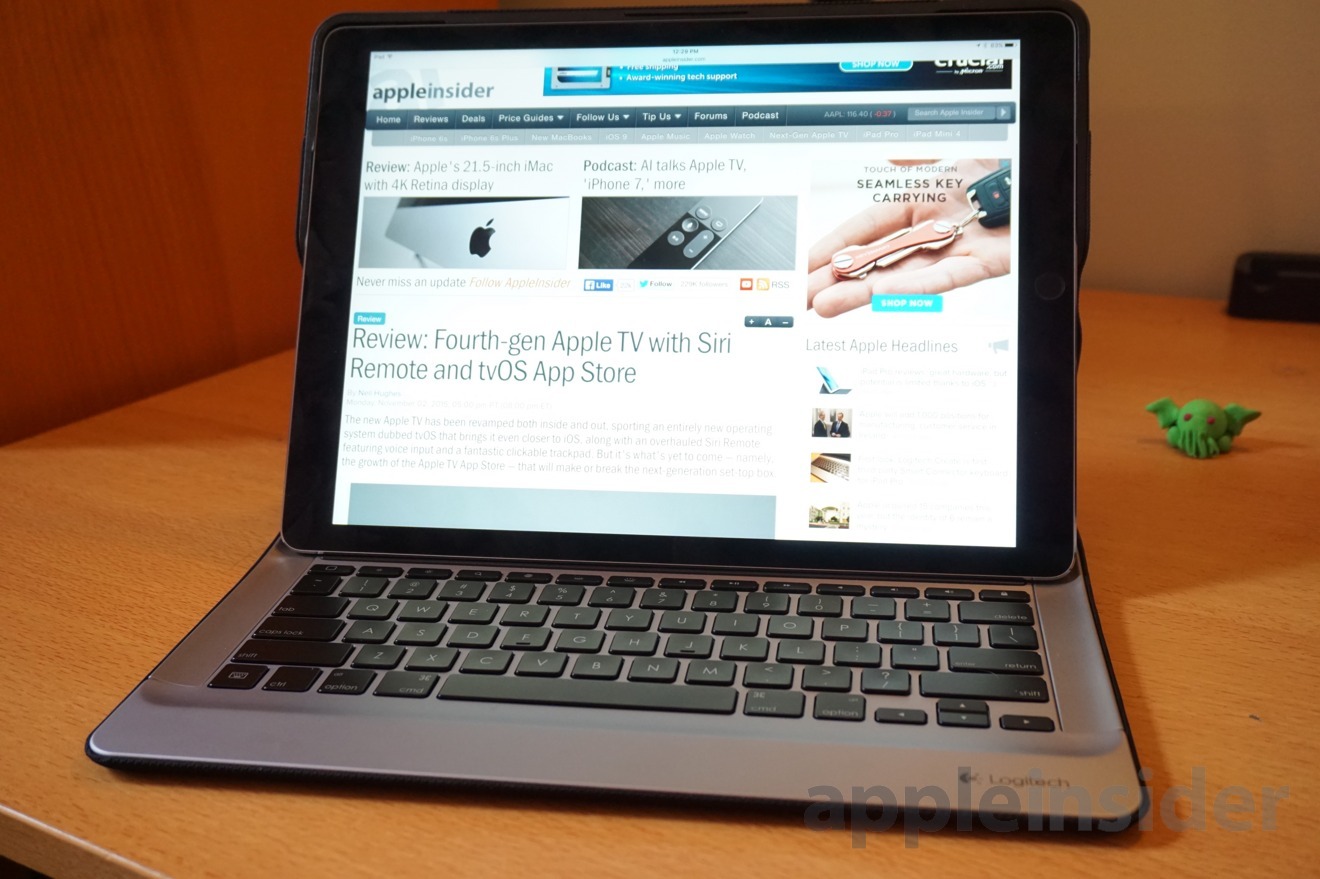
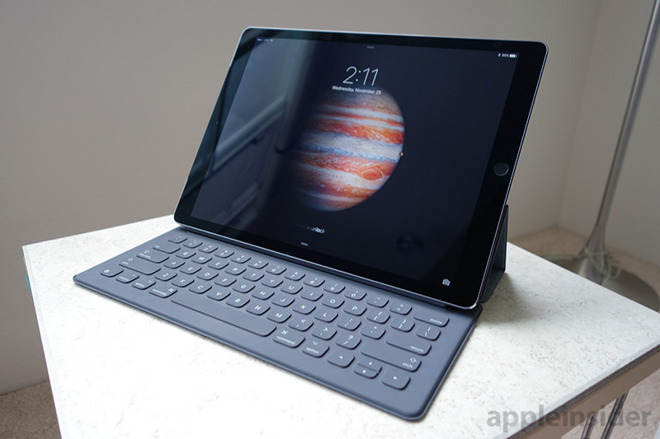
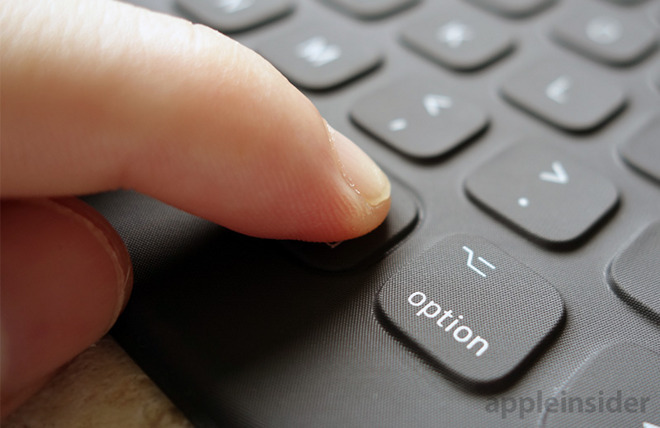
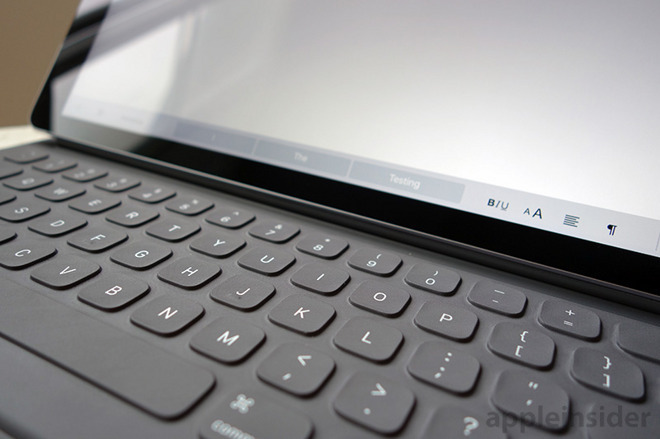
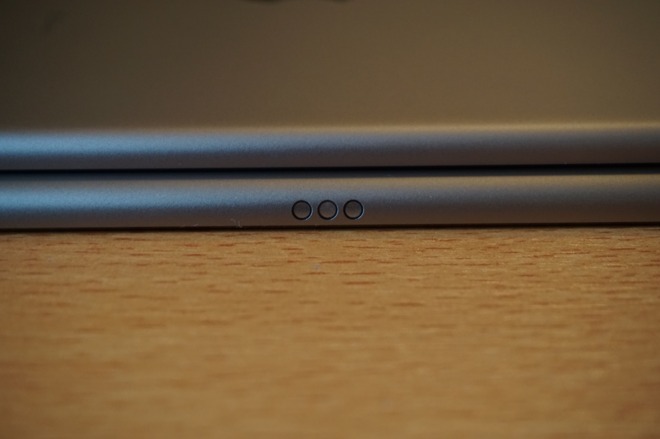
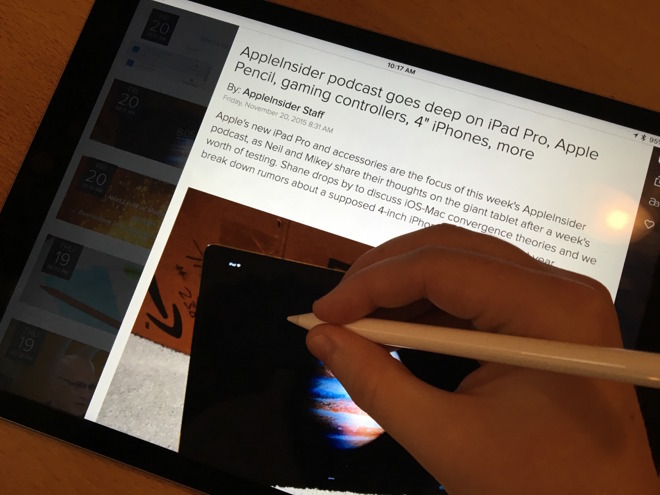

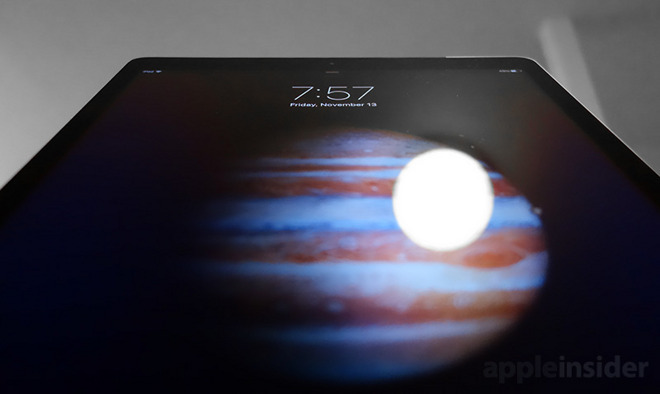
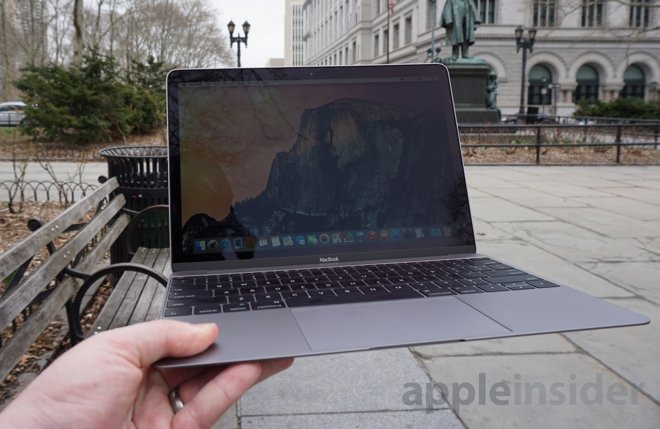




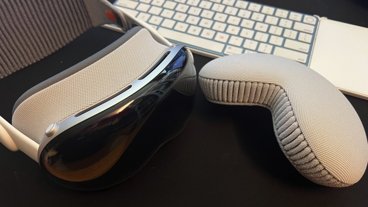


-m.jpg)





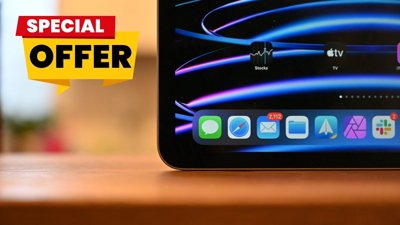
 Christine McKee
Christine McKee
 Malcolm Owen
Malcolm Owen

 Charles Martin
Charles Martin
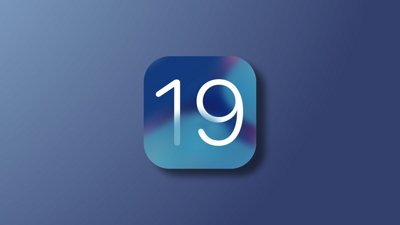
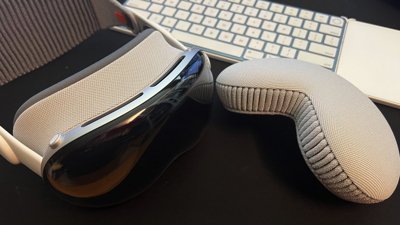
 Mike Wuerthele
Mike Wuerthele
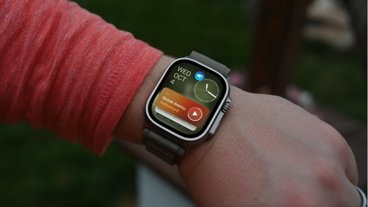
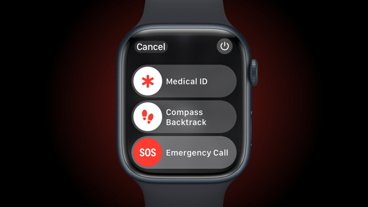

-m.jpg)






76 Comments
They're VERY different, and neither one can easily take the place of the other. So deciding based on price is a bad approach. If you're super comfortable with traditional computing and all its complexities, and drawing isn't a major need, go for a Mac. A laptop in most cases. Otherwise, pick an iPad. (If you're not an artist, evaluate whether the 10" or 13" fits you best.) Decide at your leisure if you want to add a keyboard--I recommend a full keyboard over a compromise built into a case. And of course, if a particular app you utterly rely on is iPad-only or Mac-only, then there's no real decision. Anyone who doesn't fit these guidelines probably already knows what they need/want.
I stopped taking my computer home after getting the iPad pro. It's so nice! If there was a way to edit and grade ProRes video it would be gold. I can't believe how full of crap animation and storyboard apps the App Store is though. Come on developers! This is the real deal. I welcome Concepts and Graphics. Great apps.
I think it’s funny that people are looking at or even considering the iPad Pro as a Mac laptop replacement. I got the iPad Pro and saw it as a replacement for my iPad Air so I can do more than just consume content on it. Never did I even give an iota of a thought to have it replace my MBP. For me, it’s a complementary device that can work in tandem with a traditional laptop. The Air couldn’t do that for me. To me, it just became an entertainment device that I hardly ever used.
I wanted an iPad as a work device that could do some of the things I do on the MBP and also do things on it that I can’t do on the MBP – mainly using the Apple Pencil like note-taking, annotating documents, drawing flow charts, using Mind Map apps and other tasks that I prefer not to do on an MBP. I prefer to use the MBP as a desktop machine connected to a large display and other peripherals (extended keyboard, large trackpad, various drives, etc.) and only disconnect to take on long business trips to Asia that last 2~3 weeks.
This is where I see the value of the iPad Pro. Besides being able to do certain tasks that heavily relies on using the Apple Pencil, I can now just take the iPad Pro out for short day outings visiting suppliers and customers. I don’t expect to work on huge spreadsheets (which is the main reason I need a 27? display) while I’m out on such outings. But even at the office or at home, the iPad Pro will make me work differently than just sitting on a chair staring at a large display. It’ll make me brainstorm more and work on things with the Pencil that I would almost never do on a “normal” computer.
I’m not a graphics pro or artist although I plan to dabble with some graphics apps for developing ideas and concepts on products, a factory or distribution center layout, logistics processes, etc. and also for fun as I always like to draw things but I didn’t get the iPad Pro for this reason at all. So, again, it all depends on the person using it for that person’s specific needs. Ultimately, these are all tools for people to use to get certain things done. It’s like musical instruments (which is the business I’m in) in a way. Some instrument models will work great for some people and not at all for others. One still has to know how to play to get good results.
Video editing is definitely much more "fun" on iPad Pro than on Mac OSX although it's more limited.
And you don't discuss enough on the marvels of using Pencil for note taking and doodling and drawing and all that.
(More or less repeating myself across websites) If you always need a physical typewriter keyboard and use landscape orientation, consider a notebook (the MacBook). If you often change screen orientations, consider a tablet (the iPad Pro). If you need GPS, consider a Wifi + Cellular edition. (I'm writing "typewriter keyboard" to separate it from a piano keyboard. I say "consider" to have you mind situations like being tied to certain hard-or software.) Me? I have quite a flock of devices across ecosystems. I default to iPad Air 2. I expect my iPad Pro (with Logitech Create) to make inroads on the use of my 11" MacBook Air. I have a Surface Pro 3 (with Core i5). I would have enjoyed the iPad Pro running OS X, but the cons may have outweighed the pros (weight, power usage).